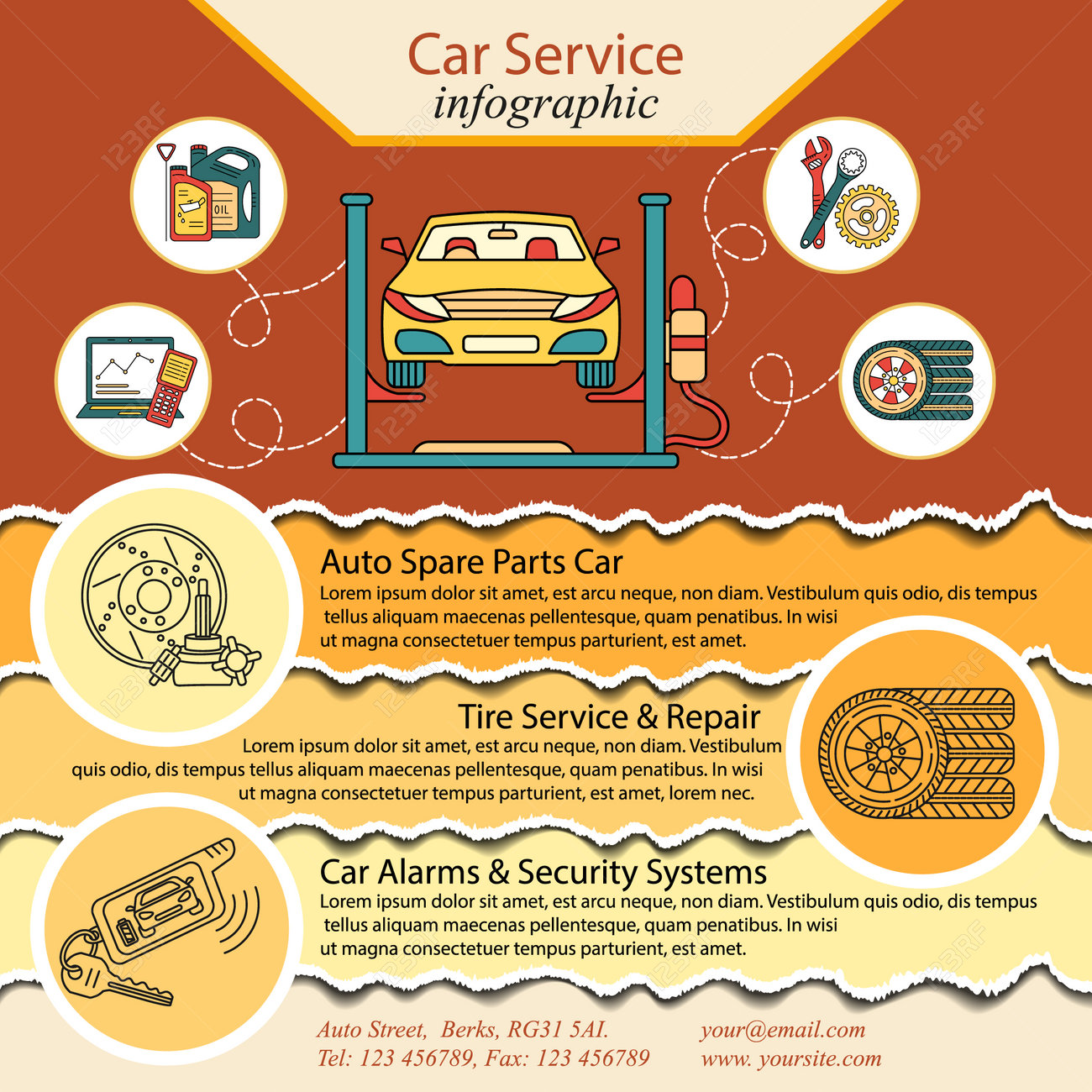Why Normal Tire Maintenance Issues: A Detailed Technique To Tire Evaluation And Turning
Why Normal Tire Maintenance Issues: A Detailed Technique To Tire Evaluation And Turning
Blog Article
Material Writer-Salinas Kane
Ensuring your tires are in leading condition is more than just a routine task-- it's a safety and security essential for each trip you start. From keeping appropriate atmospheric pressure to evaluating for wear and tear, the health of your tires directly impacts your automobile's efficiency and your well-being on the road. Yet what are the crucial actions to require to keep your tires in prime shape? Let's explore the important facets of tire maintenance that you should not neglect.
Advantages of Normal Tire Maintenance
Routine tire upkeep offers a range of benefits that can enhance your driving experience and guarantee your security when traveling. By maintaining your tires properly inflated, you enhance fuel effectiveness, saving you money at the pump.
Properly maintained tires likewise supply far better grip, reducing the danger of mishaps, specifically during inclement climate. Appropriately lined up and balanced tires lead to a smoother experience, lessening vibrations and enhancing total automobile handling.
Regularly rotating your tires promotes even tread wear, expanding their lifespan and conserving you from premature substitutes. Furthermore, maintaining the right tire pressure can prevent blowouts and flats, decreasing the possibilities of unforeseen failures on the road.
Tire Examination Guidelines
When inspecting your tires, it's important to focus on different vital aspects to ensure they remain in optimum problem for safe driving. Begin by checking the tire pressure using a stress scale to ensure it matches the manufacturer's recommended degree.
Inspect the tread deepness by positioning a dime upside-down into the walk grooves; if you can see every one of Lincoln's head, it's time for new tires. Search for any kind of indicators of uneven wear, which may show positioning concerns or incorrect inflation.
Look for cuts, protrudes, or splits on the tire sidewalls, as these can lead to blowouts. Additionally, check out the tire valves for damage or leakages. Keep in mind to evaluate all 4 tires, consisting of the extra if appropriate.
Appropriate Tire Turning Techniques
To guarantee also wear and prolong the lifespan of your tires, it's vital to comply with correct tire rotation techniques. Routine tire rotation helps disperse wear equally across all four tires, promoting longer walk life and improving general efficiency. Begin by inspecting your car's guidebook for the advised rotation pattern. Generally, https://instant-oil-change06273.dailyhitblog.com/34674054/a-step-by-step-overview-to-transforming-your-own-oil-devices-tips-and-timing -wheel-drive, rear-wheel-drive, and all-wheel-drive cars have different turning patterns to account for differing wear patterns.
For the majority of automobiles, the advised tire turning period is every 6,000 to 8,000 miles, however this may differ, so it's vital to consult your guidebook.
When turning your tires, swap the front tires with the back tires, relocating the left rear tire to the left front position and the other way around. Remember to likewise go across the back tires to the opposite sides when relocating them to the front. This straightforward yet efficient turning strategy helps ensure that all tires use equally, optimizing their life expectancy and preserving ideal efficiency.
Conclusion
See to it to prioritize routine tire upkeep to maintain your car running efficiently and securely. By visit the next website to basic assessment standards and correct turning methods, you can expand the life-span of your tires, boost gas effectiveness, and improve total performance on the road. Do not ignore the value of dealing with your tires - it's a small initiative that can make a large distinction in your driving experience.
